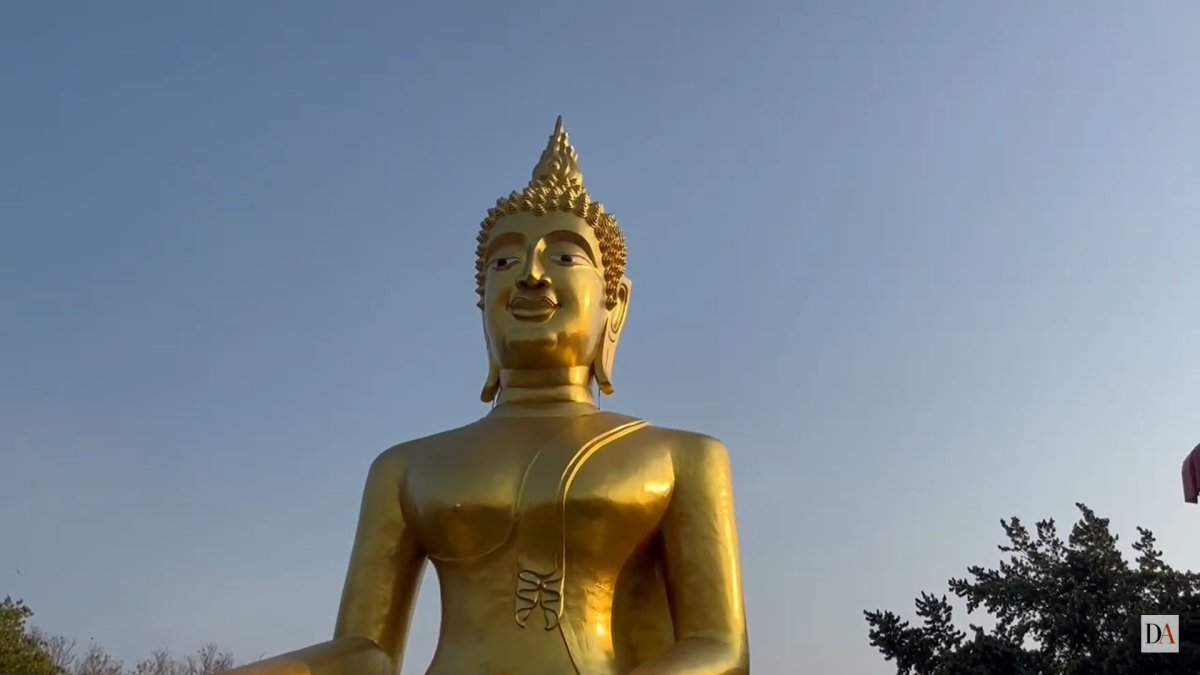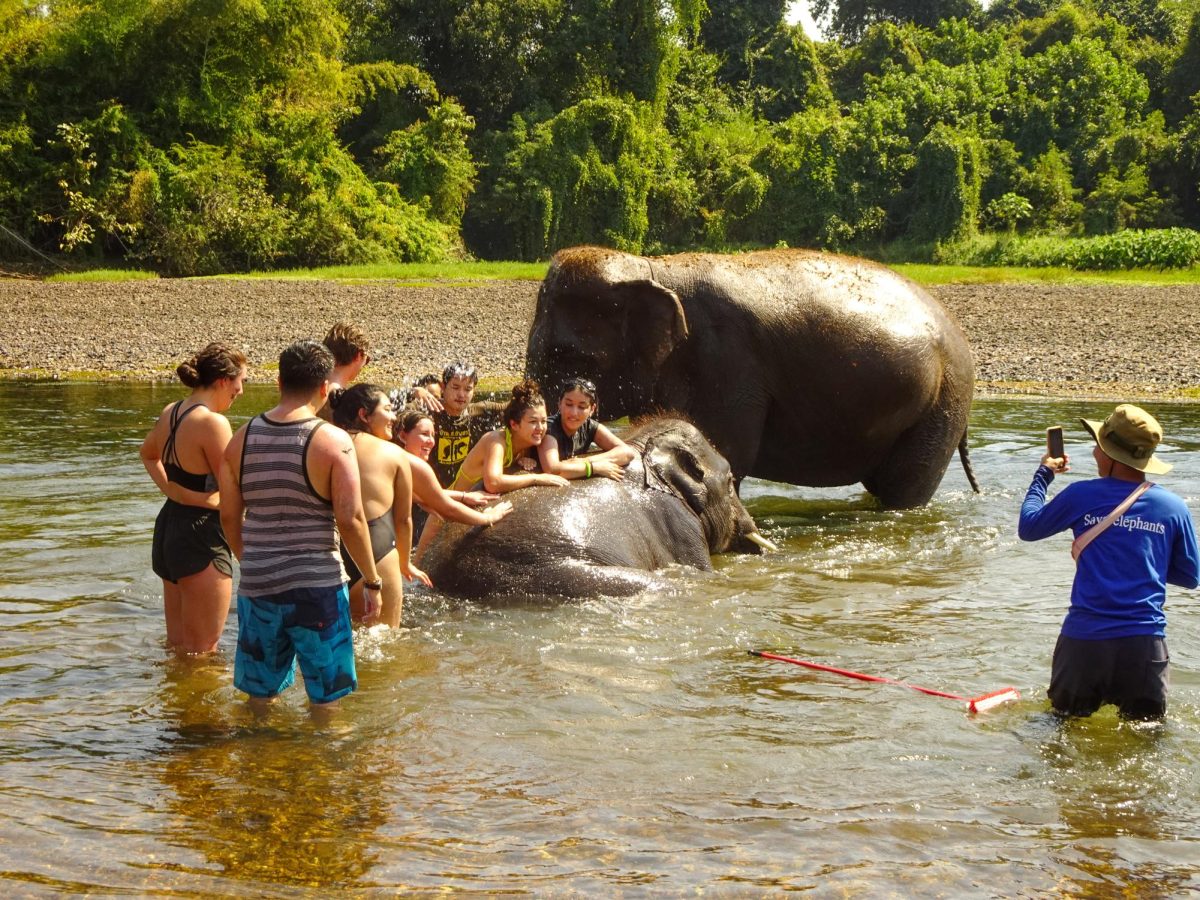By Reed AlbergottiOpinion Editor
Dr. Judith W. Zyskind has an office.
Its walls are covered with only a fresh coat of white paint, and,on the linoleum floor, there are unopened, brown boxes.
A rustic, wooden bookcase stands juxtaposingly on a modern, graydesk and houses a variety of science and biology texts.
She’s waiting for the university to make good on its promise toremodel.
Zyskind is on the phone, attempting to publish the research of oneof her former students — he now works for Elitra, the biotechcompany Zyskind founded.
The paper is in need of some corrections, she says to the personon the other end of the phone.
“There are 650 genes in one cell and 658 in another,” she sayswithout having to look at any written document.
She looks up at a piece of printer paper taped crudely to the wallabove her computer — the only decoration in the office.
The paper is a printed photograph of a hot spring in Japan; shewas there in September for a biotech conference — the picturerelaxes her after long days of isolating essential genes forantibiotic targets.
But before Zyskind knew the world of microbiology, she knew aworld much larger, and much simpler — the Midwestern United States.
Zyskind was born into a family of six in Dayton, Ohio in 1939. Herfather was an IRS investigator (he carried a gun) and her mother wasa schoolteacher until she married (married women weren’t allowed toteach in the 1930s).
The oldest of four siblings, Zyskind was a scientist in themaking. But in the eyes of her mother, she was a future housewife.
High school in the 1950s shaped girls into homemakers, notprofessionals.
But Zyskind was different.
“I never considered being a housewife. I was not going to live outthe dreams my mother had for me,” she said.
She wanted to be a doctor.
“But my parents had three younger kids. They didn’t see funding methrough medical school as an option.”
So, in 1957 she went to the University of Dayton and became anurse, which was fine with her mother because if her husband died,she would have something to fall back on.
And then, she became a medical technologist.
And then, she discovered that the salary of a medical technologistwas the same as that of a graduate student.
“So, I applied to graduate school.”
Zyskind entered the Iowa State University Ph.D. program in the’60s and “Times were a’ changin’.”
She remembered noticing that the dorms were coed and the schoolhad only one dean — as opposed to one for the women and one for men.She remembers thinking, “Wow, things are really changing.”
She never went to medical school, but “maybe it worked out for thebest,” she said. “I got to be a scientist, and I got to do thingsthat I really enjoyed.”
But, she did more than “become” a scientist — the 1960s were atime when the old boys’ club reigned in the world of science — itwas going to take a tireless social movement to uproot a determined,hegemonic system.
And Zyskind fought hard.






